Springtime Road Trip in Evrytania
One of the most rewarding road...
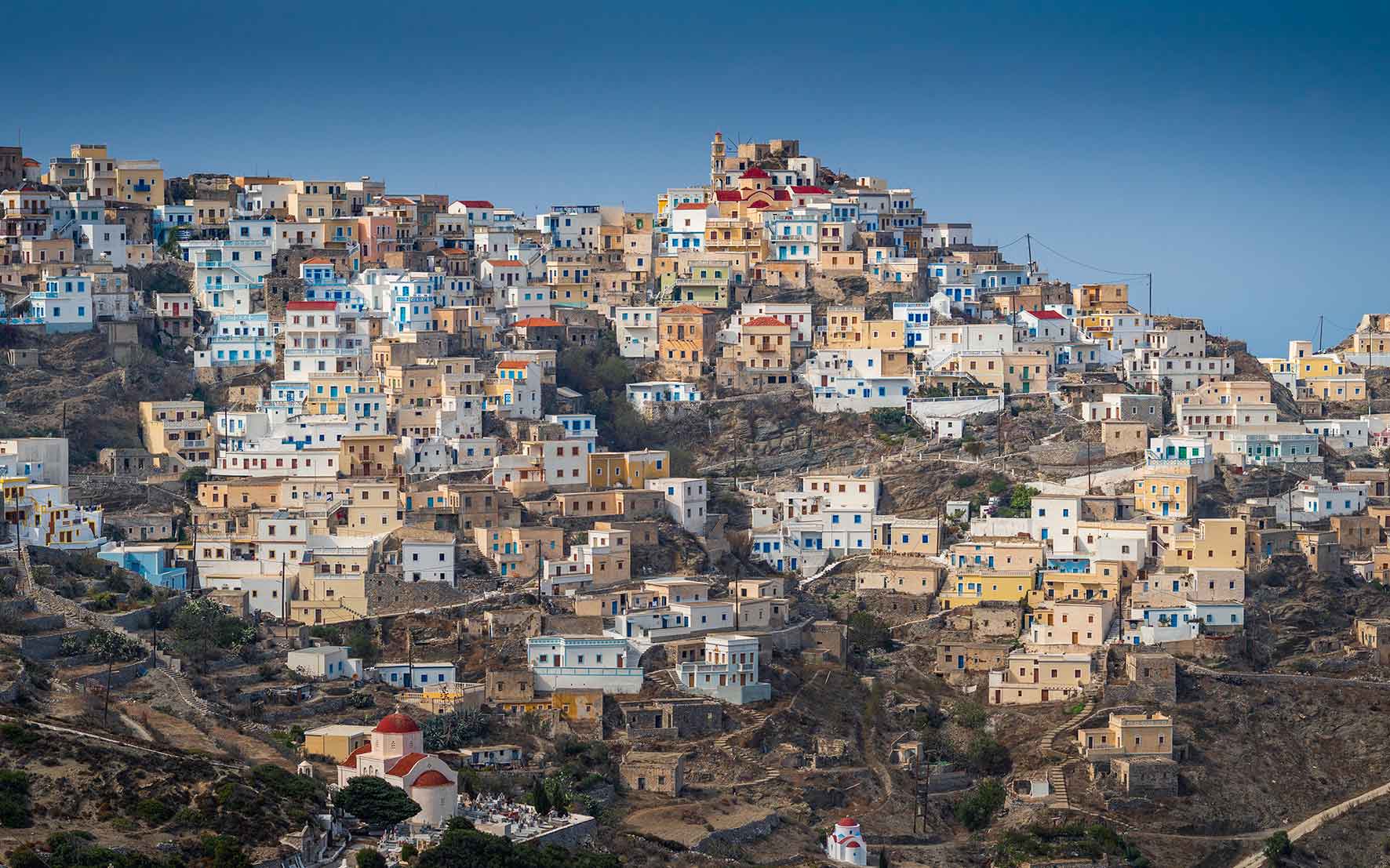
Olympos, Karpathos.
© Shutterstock
Summer for the Greeks may be officially over, but vacation time for foreign travelers is not! Many prefer to visit Greece and its islands during the quieter months of autumn, when the throngs of tourists have left the country and the mercury lies a little lower in the thermometer. Autumn is often a better season for exploring island villages, places that often go unnoticed during the summer, when the Greek sun draws everyone to the shore. We’ve assembled eight of the most impressive villages of the Dodecanese to add to your itinerary as you island-hop around the Aegean.
Olympos is a destination unto itself. At an elevation of 285m, it’s not as high as its name suggests but, as the locals say, “It does seem to be.” Due to its remote mountainous location, it remained cut off and relatively self-sustaining for centuries, with electricity and road access only available since the late ‘70s. Older generations of women still wear the local traditional dress on a daily basis, while others do so on festive events.
Olympos, with its 75 windmills and 95 churches, is famed for steadfastly keeping its traditions alive and, while part of the motivation for this may be to make tourists happy, the village does still smell of freshly baked bread every morning, and it hosts some of the most enchanting village festivities in the country.
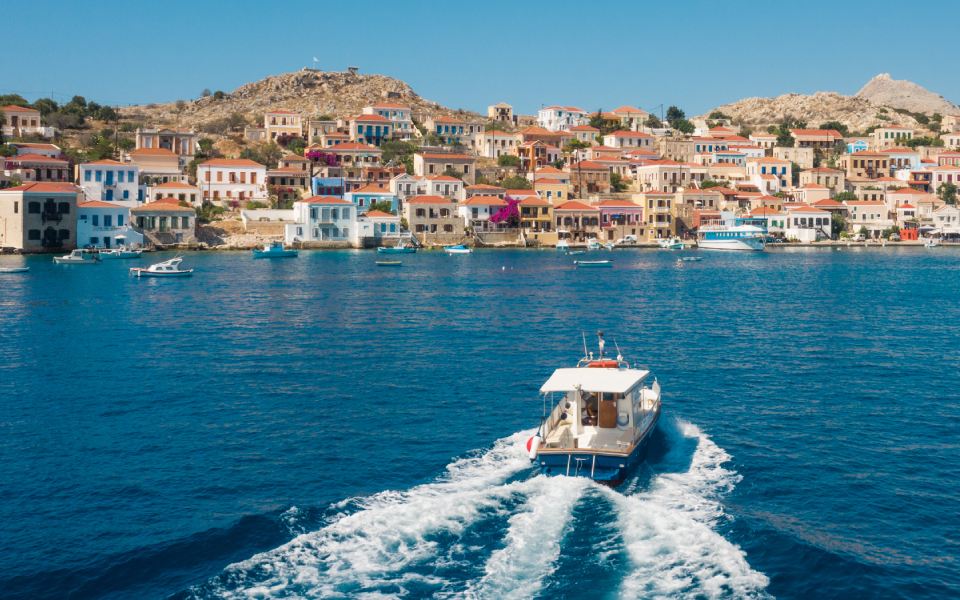
Emporios, Halki
© Shutterstock
Halki’s port in the town of Emporios is lined with brightly colored 19th-century houses, many lovingly restored. Their ceramic-tiled roofs and wooden windows work their magic on you before you even step off the boat. Some of these houses are right on the water, and residents dive from their front patios straight into the port’s crystal-clear waters.
Regardless of when you arrive on Halki, the town clock will always read twenty minutes after four. The clock tower dates back to the island’s heyday and has been fully restored; however, because of its loud chimes, it hasn’t been returned to operation.
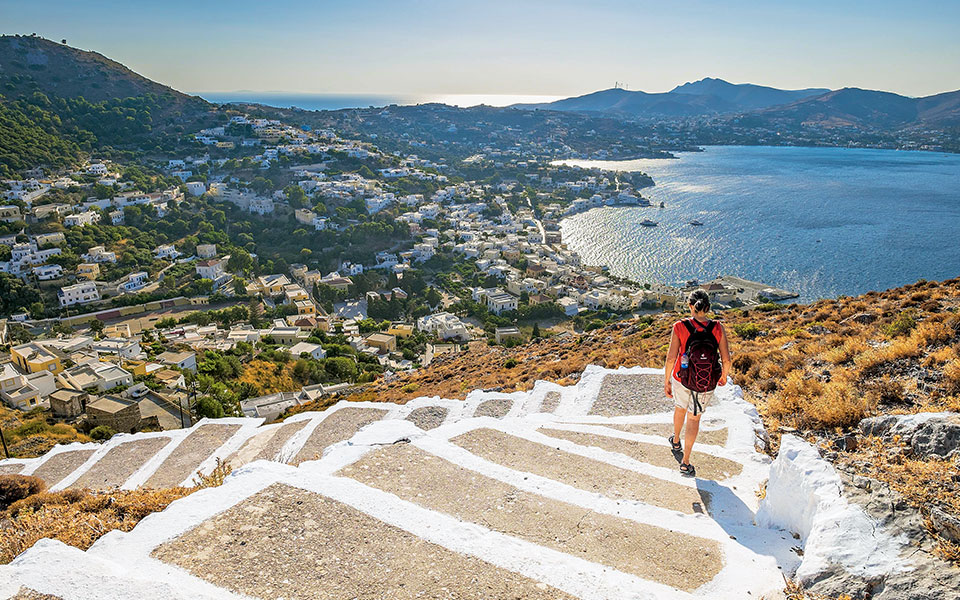
Lakki, Leros
© AFP/VISUALHELLAS.GR
The seaside village of Lakki, home to one of southern Europe’s largest natural harbors, was a swamp until the early 1920s, when the Italian dictator Benito Mussolini decided to build a whole city there from scratch, in order to establish a base for the Royal Italian Navy and accommodate thousands of military personnel and their families. The resulting town, which the Italians named Portolago, is a mix of Modernist, Bauhaus, Renaissance, Venetian and Islamic elements that make it particularly interesting for architecture aficionados.
A stroll through the village will take you by a number of listed buildings, including the former Customs Office; the restored Art Deco cinema, Cine Leros, which is still in use; a now-defunct hotel; and the circular market hall with its austere clock tower.
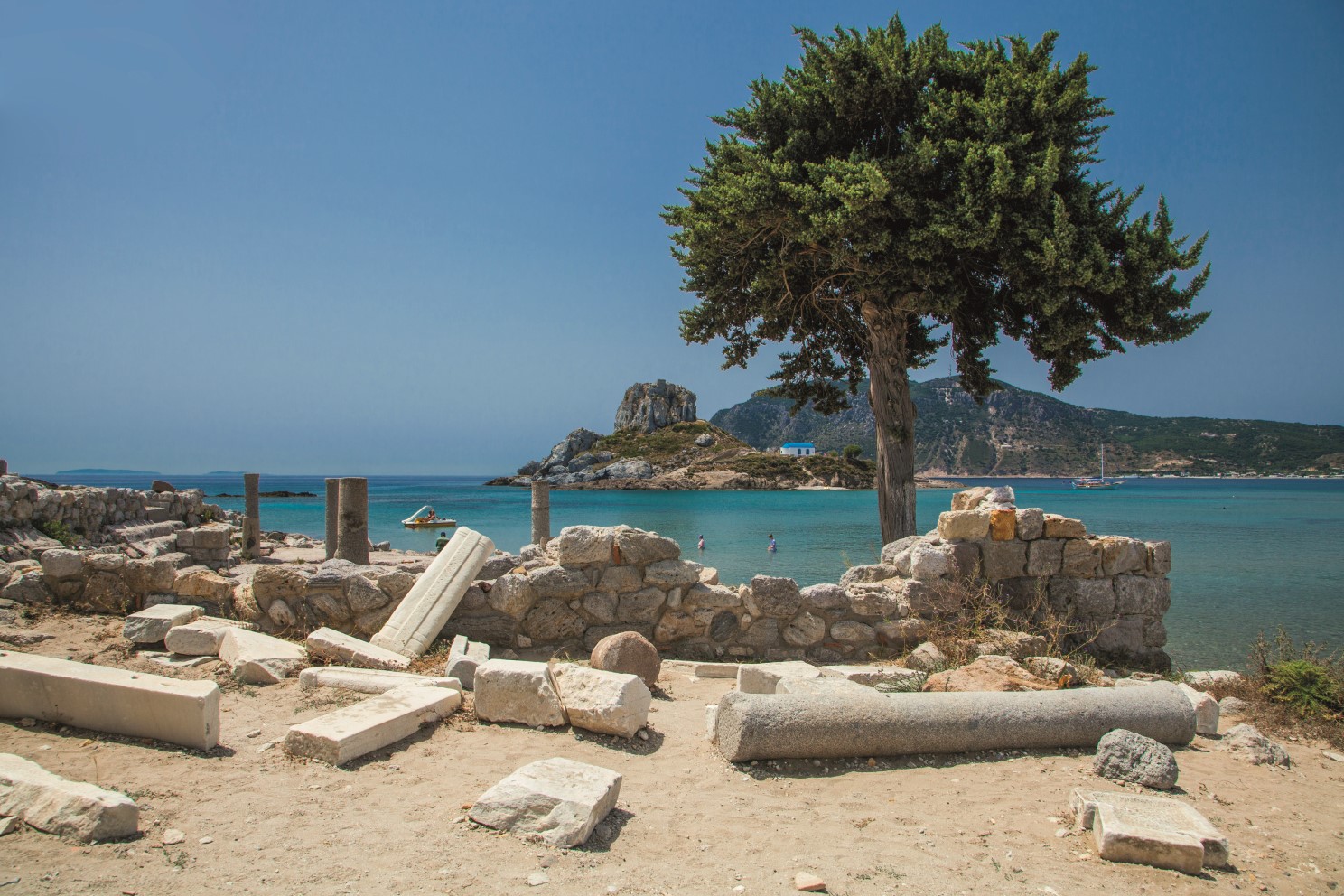
The early Christian Church of Aghios Stefano on the beach of the same name in Kefalos, Kos.
© Olga Charami
The old village of Kefalos is 45km from Kos Town and is the island’s most remote settlement; locals have their own dialect (including Homeric words and ancient inflections) and their own customs. Their cemetery stands in the middle of the village, something that is now very rare in Greece.
The people of Kefalos admit that they are somewhat standoffish with their fellow islanders – an attitude that is reciprocated – but they have been very welcoming to the dozens of foreign residents who’ve moved to the village for its temperate climate.
From here, there is a striking panoramic view down to the Gulf of Kefalos. After exploring the local castle, narrow streets and stairways, you can always head down to the seaside for a meal at the small harbor of Kamari or a swim at the beach of Aghios Stefanos.
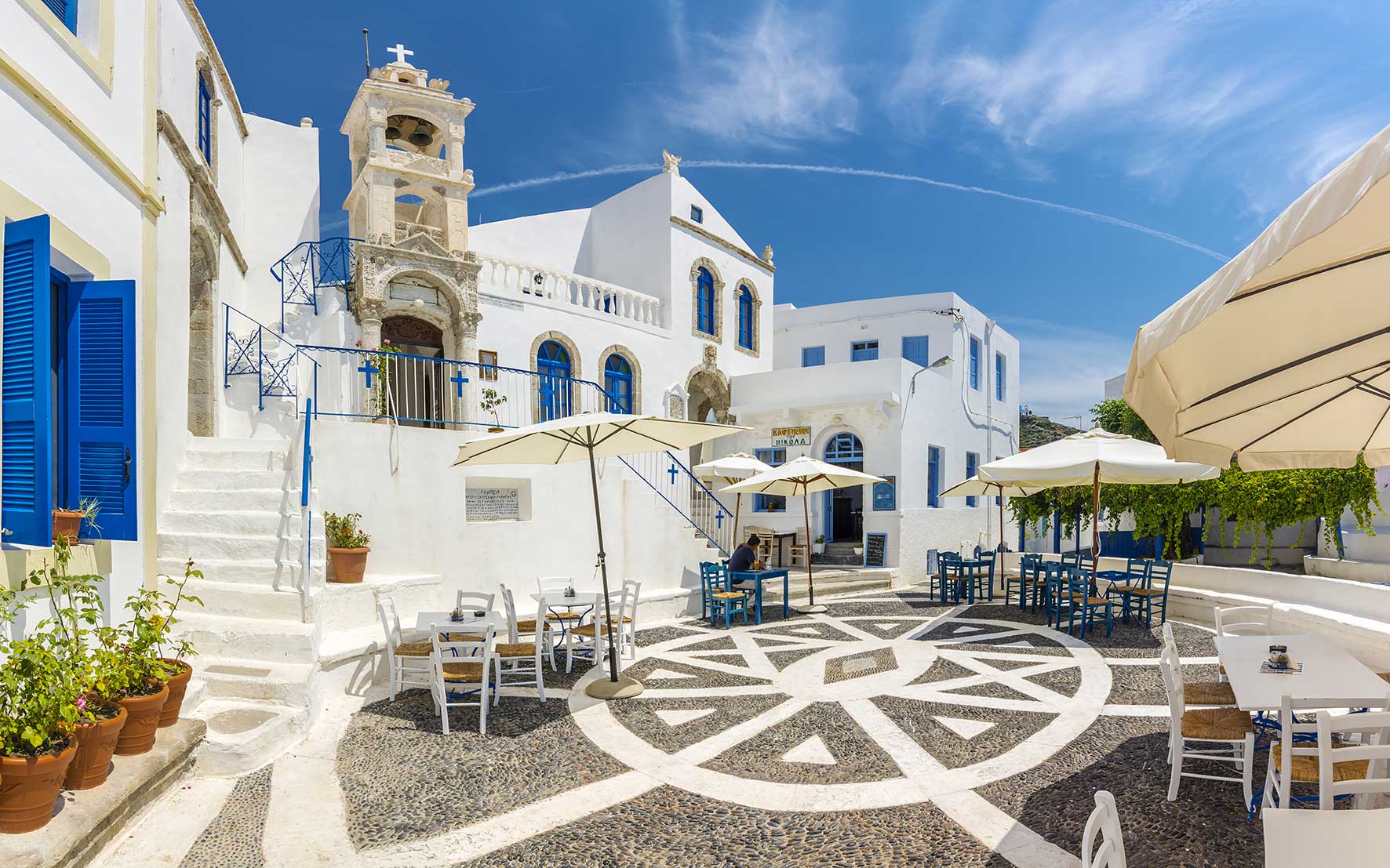
Nikia, Nisyros.
© Shutterstock
The village of Nikia charms visitors with its winding cobblestone paths and its picturesque and oft-photographed main square, known as Porta. Stop here at To Kafeneiotou Nikola for drinks and nibbles, a coffee, or some homemade soumada, a sweet, non-alcoholic almond drink served with ice, and take in the amazing sea views.
Nikia also boasts the Volcanological Museum, the only one of its kind in Greece, located at a prime spot on top of the caldera and offering panoramic views of the Stefanos crater. Everything you ever wanted to know about volcanoes, and Nisyros in particular, can be found here, along with a unique collection of 250 volcanic rocks.
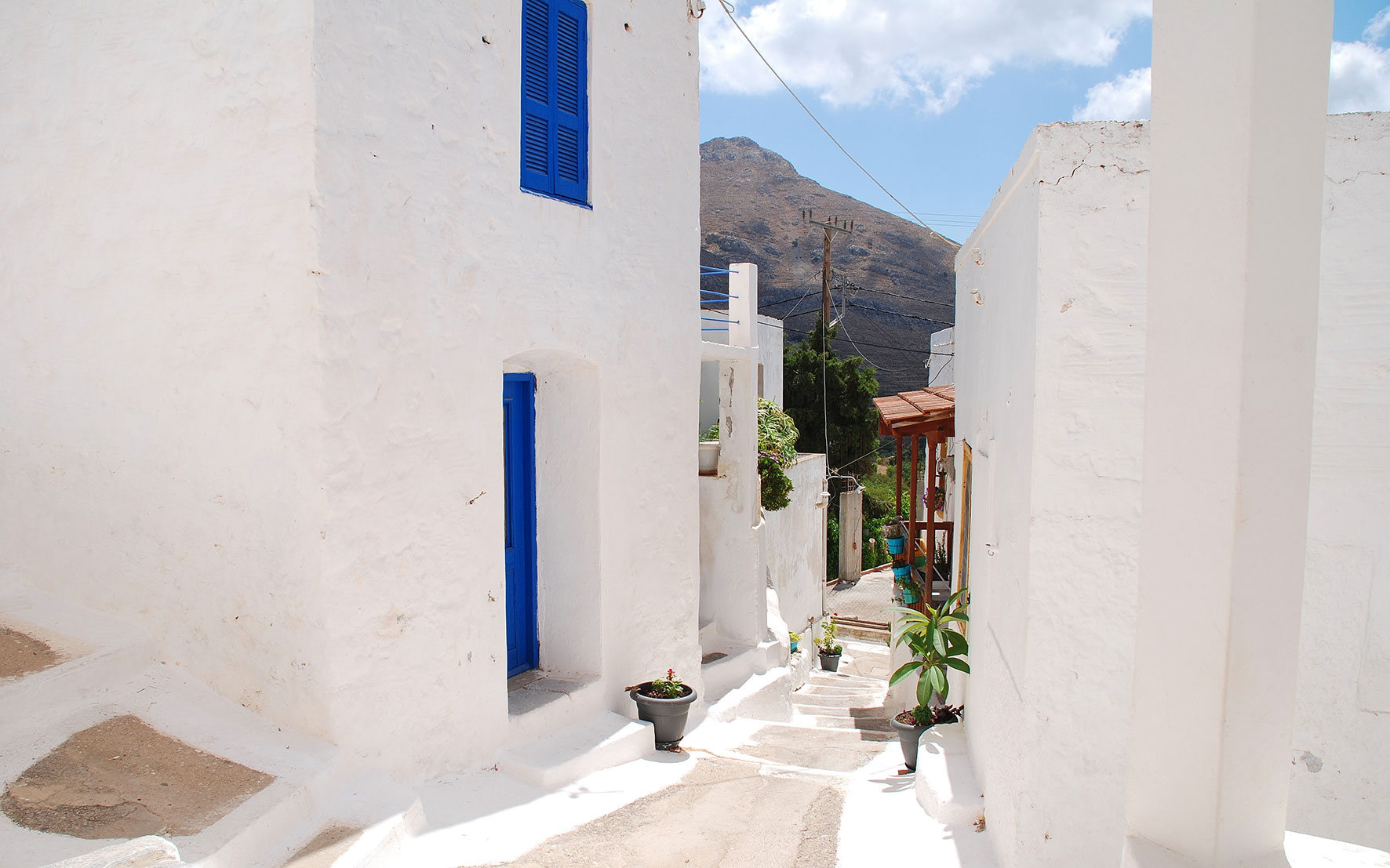
Megalo Chorio, Tilos
Most of Megalo Chorio (literally: “Big Village”), with its traditional Aegean architecture, was built in the 19th century. Before then, people had lived inside the fortified area of town, constructed by the Knights of St. John, at the top of the hill.
Walk through the narrow alleyways flanked by white cube houses with shutters painted various shades of blue and with further splashes of color added by the abundant bougainvilleas and pots of geraniums, and you’ll find the unrivaled simplicity that characterizes the Aegean, in all its muted splendor. You’ll also find two tavernas, two cafés, and the beautiful Church of Taxiarchis, which has graced the village center since 1827.
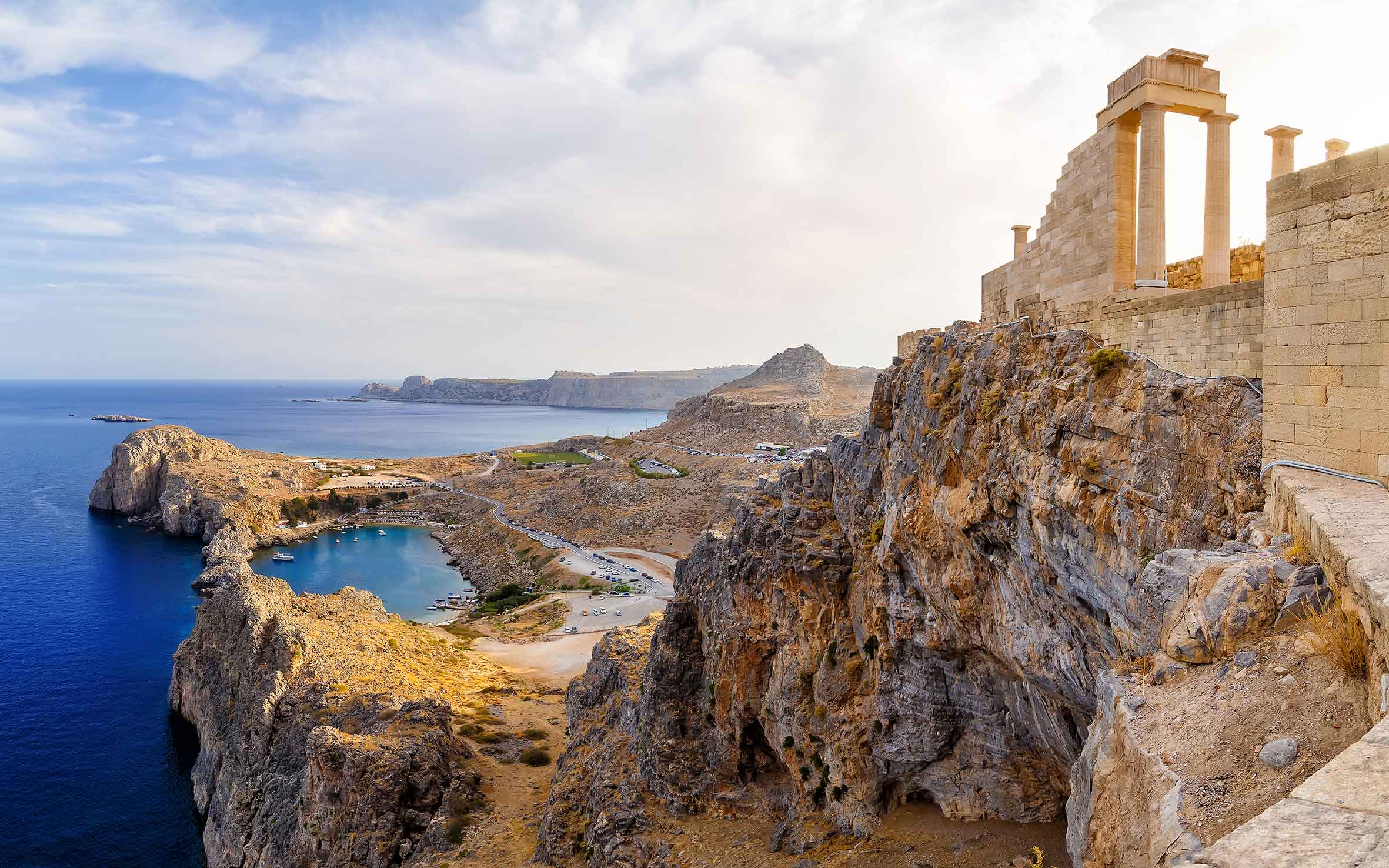
Lindos, Rhodes.
© Shutterstock
Lindos was popular with the international jet set as early as the 1950s. It was then what Mykonos is today, and it’s not difficult to understand why. Its architecture, evoking the Cyclades more than the Dodecanese, its three beaches with crystal clear waters and, above all, literally as well as figuratively, the acropolis of Lindos, perched on rocky cliffs 116m high, where traces of ancient Greeks, Byzantines and the Knights of St. John all coexist, are all reason enough to love Lindos even today.
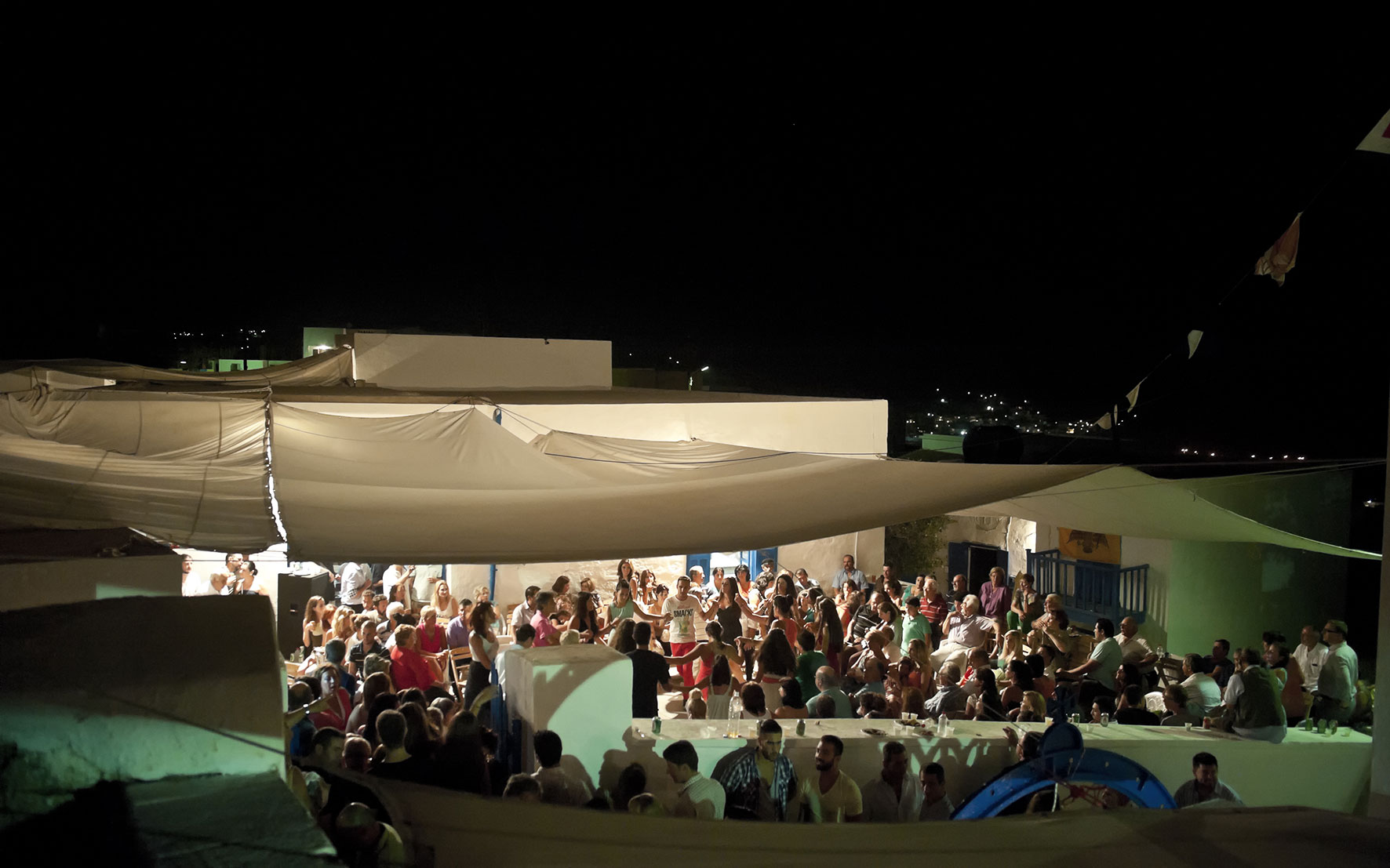
August 15th in Panaghia, Kasos.
© Shutterstock
Panaghia is a pretty village with a number of well-maintained stately homes that are notable for the imposing archaic-style columns at their entrance and their beautifully carved wooden doors. The village is also home to the Church of Pera Panaghia, which hosts one of the biggest church festivals on the island on August 15th, a national holiday marking the Assumption of the Blessed Virgin Mary. The six small churches in the village constitute fine examples of Byzantine architecture.
One of the most rewarding road...
From kafeneia serving souma and meze...
Experience Spetses in its most enchanting...
While some historic buildings teeter on...